
Sorbitol, less commonly known as glucitol, is a sugar alcohol with a sweet taste which the human body metabolizes slowly. It can be obtained by reduction of glucose, which changes the converted aldehyde group (−CHO) to a primary alcohol group (−CH2OH). Most sorbitol is made from potato starch, but it is also found in nature, for example in apples, pears, peaches, and prunes. It is converted to fructose by sorbitol-6-phosphate 2-dehydrogenase. Sorbitol is an isomer of mannitol, another sugar alcohol; the two differ only in the orientation of the hydroxyl group on carbon 2. While similar, the two sugar alcohols have very different sources in nature, melting points, and uses.

Altoids are a brand of mints, sold primarily in distinctive metal tins. The brand was created by the London-based Smith & Company in the 1780s, and became part of the Callard & Bowser company in the 19th century. Their advertising slogan is "The Original Celebrated Curiously Strong Mints", referring to the high concentration of peppermint oil used in the original flavour lozenge. The mints were originally conceived as a lozenge intended to relieve intestinal discomfort.

Tic Tac is a brand of small, hard mint manufactured by the Italian company Ferrero. They were first produced in 1969 and are now available in a variety of flavours in over 100 countries.

Nabisco is an American manufacturer of cookies and snacks headquartered in East Hanover, New Jersey. The company is a subsidiary of Illinois-based Mondelēz International.

The Wm. Wrigley Jr. Company, known as the Wrigley Company, is an American multinational candy and chewing gum company, based in the Global Innovation Center (GIC) in Goose Island, Chicago, Illinois.
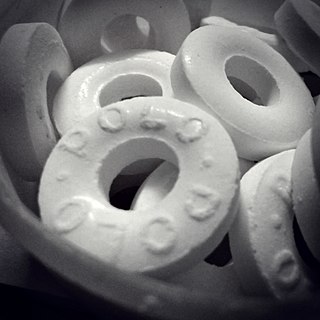
Polo is a brand of breath mint whose defining feature is the hole in the middle. The peppermint flavoured Polo was first manufactured in the United Kingdom in 1948, by employee John Bargewell at the Rowntree's Factory, York, and a range of flavours followed. The name may derive from "polar", referencing the cool, fresh taste of the mint. Polo mints are also sold in other countries such as India and Sri Lanka by Nestlé. Polo mints are usually sold in a 34g pack containing 23 individual mints.

Life Savers is an American brand of ring-shaped hard and soft candy. Its range of mints and fruit-flavored candies is known for its distinctive packaging, coming in paper-wrapped aluminum foil rolls.
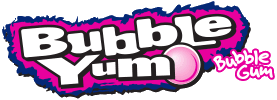
Bubble Yum is a brand of bubble gum marketed by The Hershey Company. It was first introduced in 1975 by Life Savers.
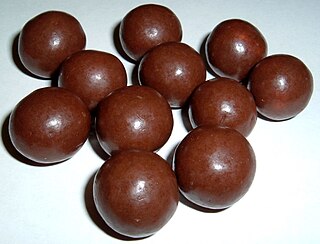
Whoppers are malted milk balls with an artificial flavored "chocolatey coating" produced by The Hershey Company. The candy is a round ball about 3⁄4 inch (20 mm)

Beech-Nut Nutrition Corporation was a baby food company owned by the Swiss branded consumer-goods firm Hero Group.
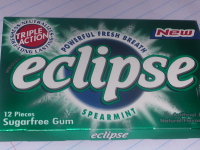
Eclipse is a brand of chewing gum and breath mint, first introduced in the U.S. by the Wrigley Company in 1999 as its first entrant into the U.S. pellet gum segment. It was modeled after Excel in Canada, which was launched in 1991.

Certs was a brand of breath mint that was noted for the frequent use of "two mints in one" in its marketing. The original "classic mints" were disc-shaped without a hole and sold in roll packaging similar to Life Savers and Polo. Certs was one of the first mints to be nationally marketed in the United States and has been a fixture at American drug stores and convenience stores since its debut on the market in 1956. It was discontinued in 2018, possibly for having partially hydrogenated cottonseed oil, which is not allowed as an ingredient in food sold in the United States since then.
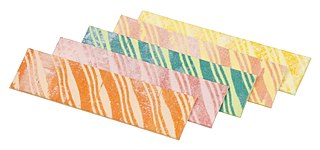
Fruit Stripe was an artificially and naturally flavored fruit chewing gum produced by Beech-Nut in 1960 and discontinued in 2024. The individual pieces of gum were striped and were packaged in zebra-striped wrappers, which also acted as temporary tattoos.

PayDay is a brand of a candy bar first introduced in 1932 by the Hollywood Candy Company. The original PayDay candy bar consists of salted peanuts rolled over a nougat-like sweet caramel center. Since 1996, classic PayDay candy bars without chocolate have been continually produced by The Hershey Company. In 2020, Hershey's released a "Chocolatey PayDay bar" as a permanent part of the PayDay product line; it is identical to the regular bar, but covered by a layer of chocolate.
Two multi-national companies, Wrigley and Cadbury, together account for some 60% market share of the worldwide chewing gum market. The global market shares for the top five chewing gum companies are estimated to be:

Hershey's Cookies 'n' Creme is a candy bar manufactured by The Hershey Company and first introduced in 1994.
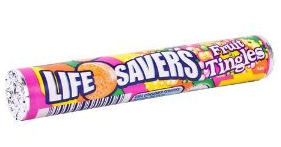
Fruit Tingles is a brand of confectionery originating in Australia. They are a chalky-textured, multicoloured, disc-shaped, fruit flavoured lolly. Standard packages are 34g foil wrapped sleeves with an outer multicoloured paper wrapper, and contain 16 pieces of randomly distributed flavours. Four-pack packaging containing four rolls is common for supermarket sales.
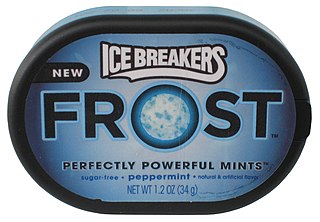
Ice Breakers is a brand of mints and chewing gum owned by The Hershey Company.

















